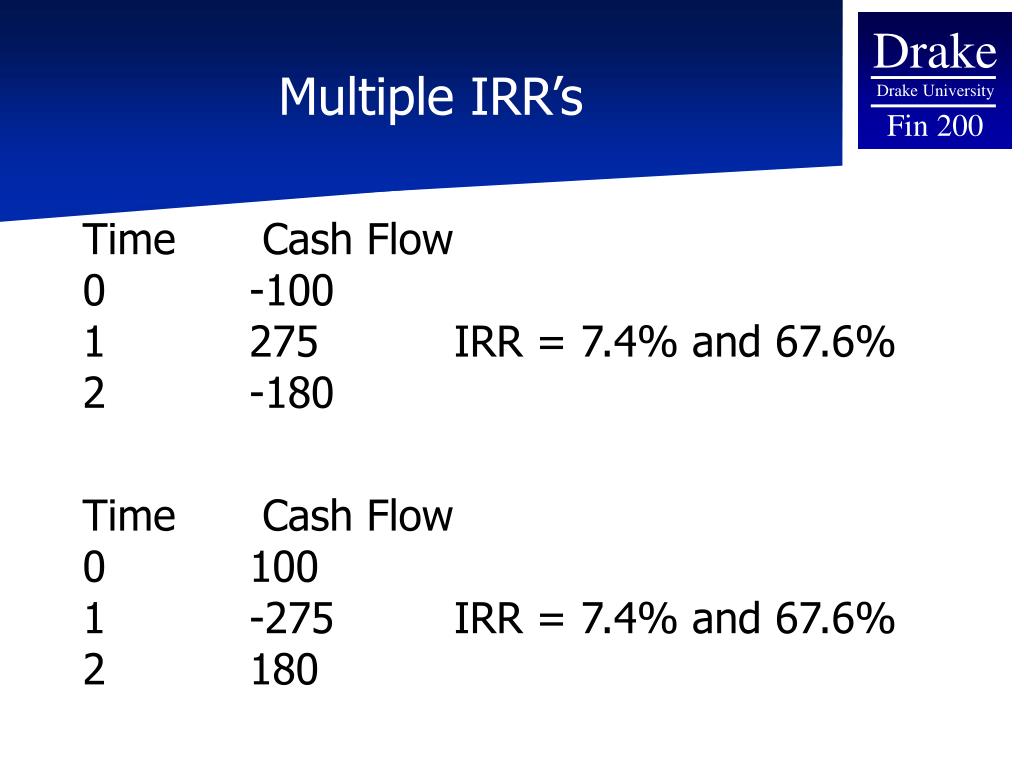

Also, cash outflows may change significantly over time, varying with customer demand and the amount of competition.

For example, cash investments may be required at several stages, such as cash outlays for periodic upgrades. The formula is too simplistic to account for the multitude of cash flows that actually arise with a capital investment.
#CAPITAL BUDGETING SIZE TIMING AND RISK OF FUTURE CASHFLOWS FULL#
The concept does not consider the presence of any additional cash flows that may arise from an investment in the periods after full payback has been achieved.Ĭash flow complexity. The payback method does not incorporate any assumption regarding asset life span.Īdditional cash flows. If an asset’s useful life expires immediately after it pays back the initial investment, then there is no opportunity to generate additional cash flows. Though the payback method is widely used due to its simplicity, it suffers from the following problems:Īsset life span. It tends to be more useful in industries where investments become obsolete very quickly, and where a full return of the initial investment is therefore a serious concern. If you were to analyze a prospective investment using the payback method, you would tend to accept those investments having rapid payback periods and reject those having longer ones.

The payback period is useful from a risk analysis perspective, since it gives a quick picture of the amount of time that the initial investment will be at risk. Payback Method Advantages and Disadvantages If Alaskan only has sufficient funds to invest in one of these projects, and if it were only using the payback method as the basis for its investment decision, it would buy the conveyor system, since it has a shorter payback period. The payback period for this capital investment is 3.0 years. Alaskan is also considering the purchase of a conveyor system for $36,000, which will reduce sawmill transport costs by $12,000 per year. The payback period for this capital investment is 5.0 years. Example of the Payback MethodĪlaskan Lumber is considering the purchase of a band saw that costs $50,000 and which will generate $10,000 per year of net cash flow.

The formula for the payback method is simplistic: Divide the cash outlay (which is assumed to occur entirely at the beginning of the project) by the amount of net cash inflow generated by the project per year (which is assumed to be the same in every year). For example, if a company invests $300,000 in a new production line, and the production line then produces positive cash flow of $100,000 per year, then the payback period is 3.0 years ($300,000 initial investment ÷ $100,000 annual payback). The payback period is expressed in years and fractions of years. The calculation used to derive the payback period is called the payback method. An investment with a shorter payback period is considered to be better, since the investor's initial outlay is at risk for a shorter period of time. It is a simple way to evaluate the risk associated with a proposed project. The payback period is the time required to earn back the amount invested in an asset from its net cash flows.


 0 kommentar(er)
0 kommentar(er)
